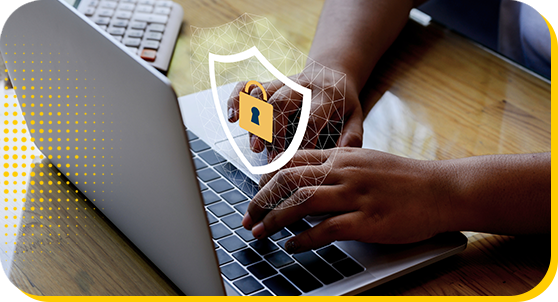- 087 941 5764
- impactful@lrmg.co.za


The Certified Hacking Forensic Investigator (CHFI) v10 includes all the essentials of digital forensics analysis and evaluation required for today’s digital world. From identifying the footprints of a breach to collecting evidence for a prosecution, CHFI v10 walks students through every step of the process with experiential learning.
This course has been tested and approved by veterans and top practitioners of the cyber forensics industry. CHFI v10 is engineered by industry practitioners for both professionals and aspiring professionals alike from careers including forensic analysts, cybercrime investigators, cyber defence forensic analysts, incident responders, information technology auditors, malware analysts, security consultants, and chief security officers.
This course is intended for:
Mid-Level to High-Level Cyber Security Professionals with a minimum of 3 years of experience. Information security professionals who want to enrich their skills and knowledge.
Knowledge of CND (Certified Network Defender), or CEH (Certified Ethical Hacker) and / or ECIH (Certified Incident Handler) is necessary.
Need additional information?
We are here to support your growth every step of the way
Get in touch
The Certified Hacking Forensic Investigator (CHFI) v10 includes all the essentials of digital forensics analysis and evaluation required for today’s digital world. From identifying the footprints of a breach to collecting evidence for a prosecution, CHFI v10 walks students through every step of the process with experiential learning.
This course has been tested and approved by veterans and top practitioners of the cyber forensics industry. CHFI v10 is engineered by industry practitioners for both professionals and aspiring professionals alike from careers including forensic analysts, cybercrime investigators, cyber defence forensic analysts, incident responders, information technology auditors, malware analysts, security consultants, and chief security officers.
This course is intended for:
Mid-Level to High-Level Cyber Security Professionals with a minimum of 3 years of experience. Information security professionals who want to enrich their skills and knowledge.
Knowledge of CND (Certified Network Defender), or CEH (Certified Ethical Hacker) and / or ECIH (Certified Incident Handler) is necessary.
Certified global best practices in the new technologies…




Please complete the form with your information and one of our experts will get back to you soon.

Get in touch
Email: impactful@lrmg.co.za
Tel: +27 87 941 5764